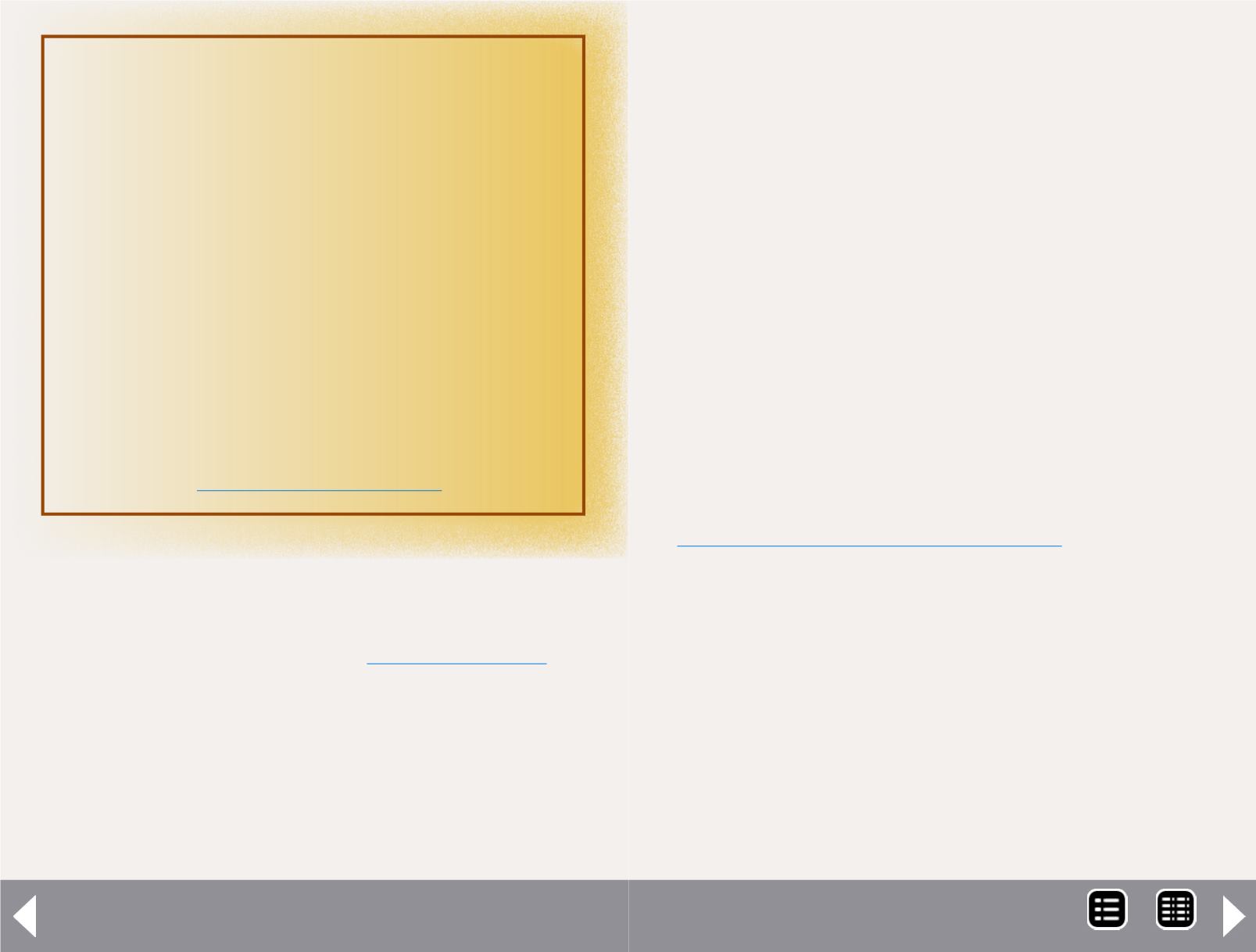
S
ince 2004 I have been singing the praises of the PICAXE
family of microcontrollers to fellow model railroaders
through articles on my website
)
and through presentations at national and regional model rail-
road conventions.
I have long wanted to put together a complete kit that would
allow beginners to start working with the PICAXE while build-
ing a useful model railroad accessory. The new PICAXE 18M2
chip inspired me to write this article and assemble the parts for
the kit that accompanies it. The completed kit is a full-featured
PICAXE?
A PICAXE microcontroller chip was originally designed for
students building simple electronic projects. The PICAXE
system has now also been widely adopted by hundreds of
thousands of hobbyists due to its ease of use. Each year
thousands of high school students are introduced to elec-
tronics and microcontrollers by building a PICAXE project.
PICAXE chips are popular because they are very low-
cost and simple to program using free, easy-to-learn
software.
For model railroaders, PICAXE can be used to control
and operate an endless array of things on the layout
from simple animations to complex automated train dis-
play operation.
- See more at:
.
model railroad speed controller with many innovations and
interesting features and capabilities. The controller can be used
for other projects as well, because the it will work with any
3-volt to 35-volt DC motor.
Controller
The unit is a trackside power controller that can operate any
model train that runs on direct current (DC) and draws 3 amps
or less (this includes most of our trains and trolleys). It is oper-
ated by means of a simple TV infrared remote control unit. In
its most basic mode, the controller allows you to increase or
decrease train speed and reverse the train’s direction with the
handheld TV remote. This is an ideal way to operate the train
under the Christmas tree! In point-to-point mode, the control-
ler can be programmed to automatically run the train in one
direction for some time, decelerate it, come to a complete
stop, reverse, and continue in the other direction. This makes
it a perfect controller for a small work train or a trolley. I also
have plans to use one for my incline railway and a cable car
.
Additional modes and functionality can be added by modifying
the PICAXE BASIC program to allow the controller to operate
aboard a train or as a controller for animations.
Since it is able to control the speed and direction of any DC
motor, it also can be used with any number of other projects
including robotics, animation, and holiday exhibits.
Endless possibilities
A second article will show how a few components can be added
to this circuit to not only control the speed and direction of a train,
but also to record a series of movements over many minutes and
PICAXE circuit - 2
MRH-Jun 2014


